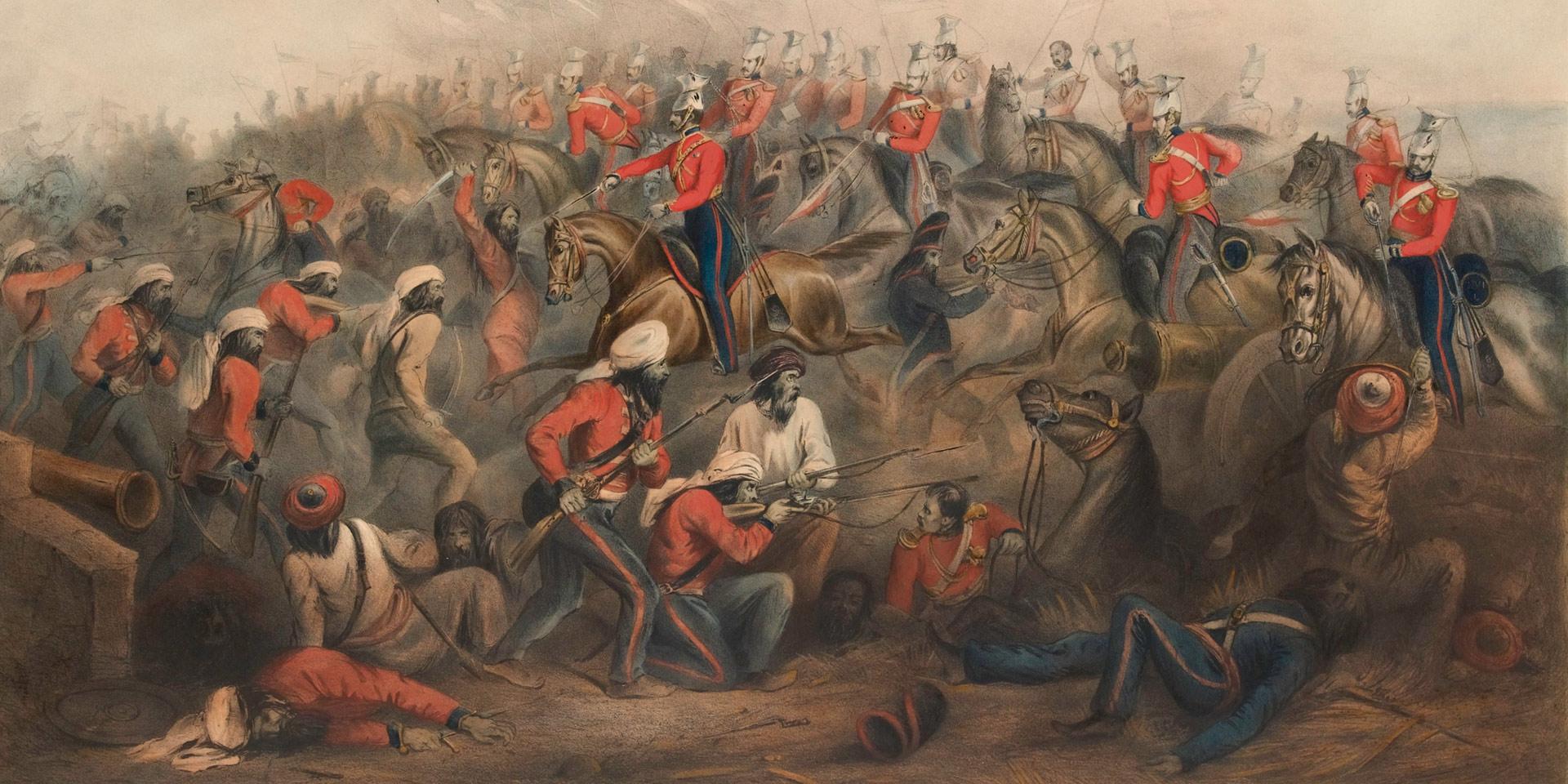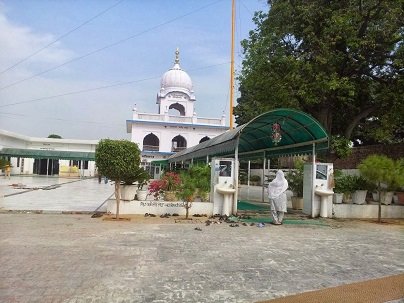The Second Sikh War started in April 1848 with the rebellion of Mulraj, the Multan governor, and turned into a general uprising on September 14 when the Sikh army joined the insurgents. Before the final British triumph at Gujrat, fierce engagements marked by incompetent leadership were fought at Ramnagar (November 22) and Chilianwala (Jan. 13, 1849) (February 21). On March 12, the Sikh army was defeated, and Punjab was subsequently conquered.
In and around the Ferozepur district of Punjab, the Sikh Empire and the British East India Company engaged in combat during the First Anglo-Sikh War in 1845 and 1846. The Sikh empire was defeated, and partially subjugated, and Jammu and Kashmir were ceded as a separate princely states under British rule as a result.
Background and the war’s causes
In the early years of the nineteenth century, Maharajah Ranjit Singh strengthened and enlarged the Sikh kingdom of Punjab, about at the same time that the British-controlled regions advanced through conquest or annexation to Punjab’s frontiers. To continue his policy of careful goodwill with the British, Ranjit Singh ceded some land south of the Sutlej River while simultaneously expanding his empire to bolster his military capabilities to fight the Afghans and resist British expansion. In addition to incorporating Hindu and Muslim contingents into his army, he engaged American and European mercenary warriors to train it.
News from Punjab
Maharaja Ranjit Singh, the Sikh trophy gunner, passed away in 1839. His realm descended into chaos following his demise. Kharak Singh, Ranjit’s unpopular legitimate son, was promptly ousted from power and mysteriously passed away in custody. He was largely thought to have been poisoned. His replacement was his competent but estranged son Kanwar Nau Nihal Singh, who also passed away within a short period under dubious circumstances after being hurt by a falling archway at the Lahore Fort while returning from his father’s cremation. [5] The Sikh Sindhanwalias and the Hindu Dogras were the two main groups vying for control and influence at the time within Punjab.
In January 1841, Sher Singh received the title of Maharaja of the Sikh Empire, and Dhian Singh Dogra served as his prime minister.
After Ranjit Singh’s death, the army swiftly grew as landlords and their retainers took up arms, going from 29,000 soldiers (with 192 guns) in 1839 to over 80,000 in 1845. It declared itself to be the representative of the Sikh people. They claimed that Guru Gobind Singh’s vision of the Sikh commonwealth had been revived, with the Sikhs as a whole taking on all executive, military, and civil authority in the state, which British observers denounced as a “dangerous military democracy.” Their regimental panchayats (committees) formed an alternative power source within the kingdom. British visitors and diplomats in Punjab referred to the troops as “puritanical” being in a constant state of mutiny or revolt against the main Durbar as well as maintaining internal order (court).
Maharajah Sher Singh supposedly wasted money on a corrupt court, but he was unable to meet the army’s pay demands. He was killed in September 1843 by Ajit Singh Sindhanwalia, a military officer who was his cousin. The Dogras exacted their vengeance on the culprits, and Jind Kaur, the youngest widow of Ranjit Singh, assumed regency over her small son Duleep Singh. In December 1844, Jind Kaur’s brother Jawahar Singh took over as vizier after Hira Singh was assassinated by soldiers under Sham Singh Attariwala while attempting to depart the capital with treasure from the royal treasury (toshkana). He orchestrated Peshaura Singh’s murder in 1845 because he was a threat to Duleep Singh. He was held accountable by the army for this. He was murdered in September 1845 in front of Jind Kaur and Duleep Singh despite attempts to buy off the troops.
Jind Kaur publicly pledged to exact justice on the assassins of her brother. She kept her regency. Tej Singh took over as army commander, while Lal Singh was appointed vizier. The importance of both of these leaders in the Dogra group has been emphasized by Sikh historians. Both were originally non-Punjab Hindus who had converted to Sikhism in 1818.
British behavior
A few miles from the Sutlej River, which served as the border between British-ruled India and Punjab, in Ferozepur, the British East India Company immediately after Ranjit Singh’s death started building up its armed force, notably in the areas surrounding Punjab. They invaded and occupied Sindh, which is to the south of Punjab, in 1843, an action that many British people viewed as cynical and ignoble. This decreased British esteem in Punjab and raised questions about their intentions.
It is contested what the British did and thought under Governor-General Lord Ellenborough and his successor, Sir Henry Hardinge. According to most British stories, they were most worried about the Sikh army posed a severe threat to British areas near the border without strong leadership to control them. Sikh and Indian historians disagree, arguing that these Governor-Generals’ military preparations were offensive. For instance, they planned siege artillery batteries and bridging trains, which would not be necessary for a purely defensive operation.








